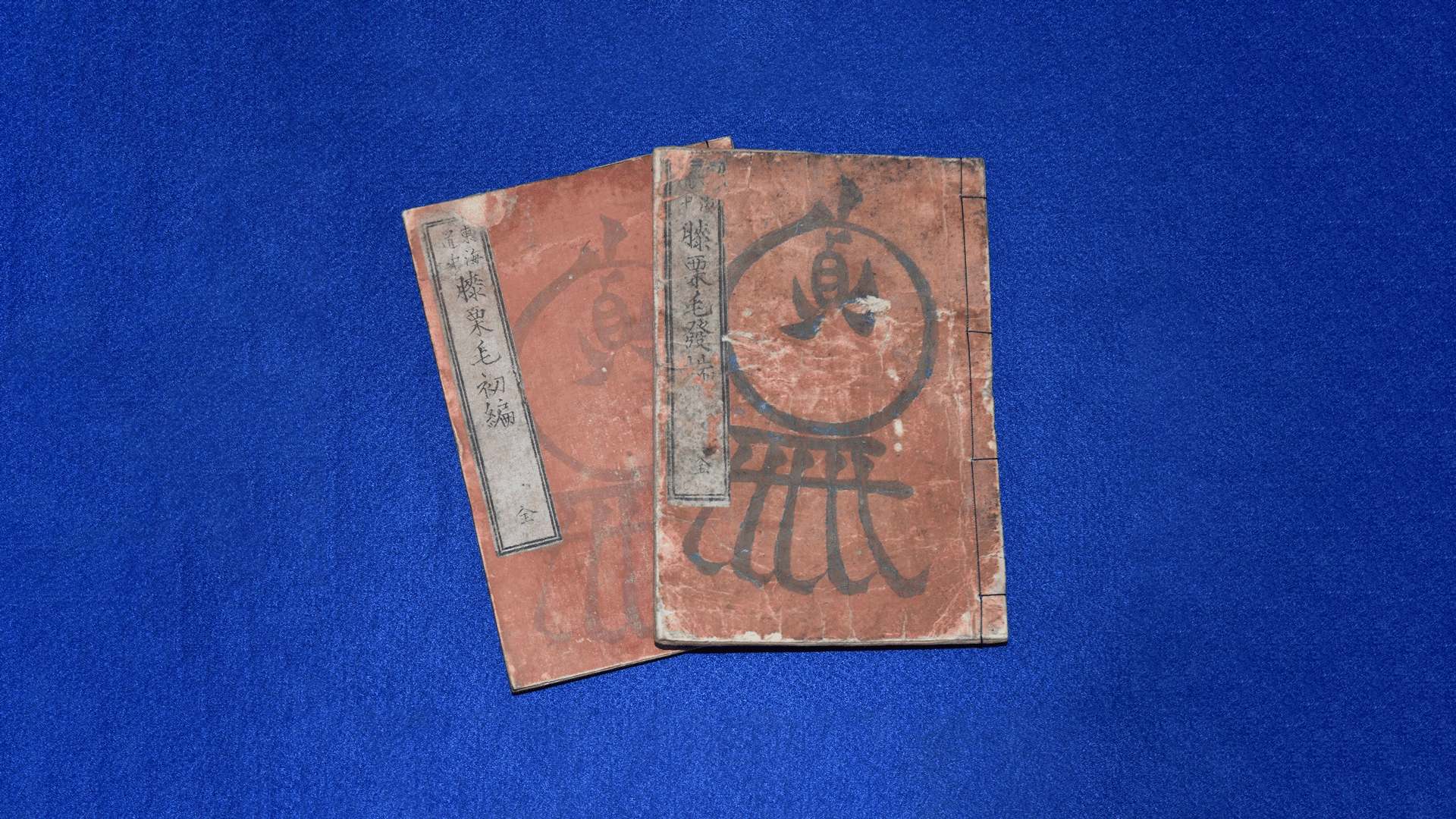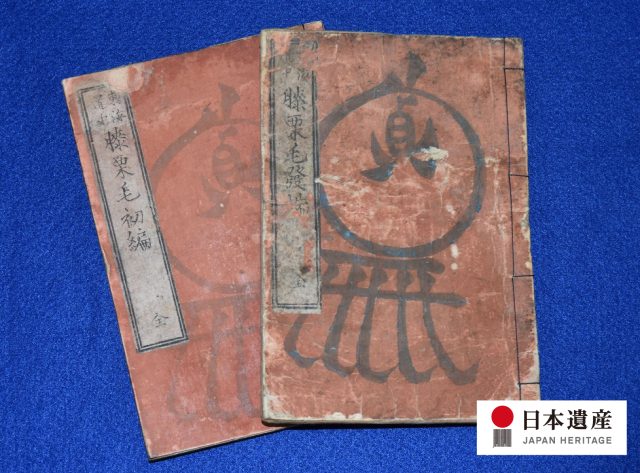
【Fujieda and Shizuoka City "Sunshu Journey" One-Day Model Course】 Seek out the vestiges of the Edo Period and visit Japanese Heritage historical spots along the Tokaido Road
Located almost in the center of Japan, Shizuoka is known for its World Heritage Site, Mt. Fuji. The area, once called "Sunshu" (meaning "Suruga Province"), has long been a busy place for human traffic as a route on the Tokai-do Road connecting Edo (present-day Tokyo) and Kyoto, and is recognized as a Japan Heritage site for its numerous buildings, food culture, traditional crafts, and spectacular scenery dating from the Edo period. Why not take a day trip to Shizuoka, a city with such a rich history, and enjoy it to the fullest?






